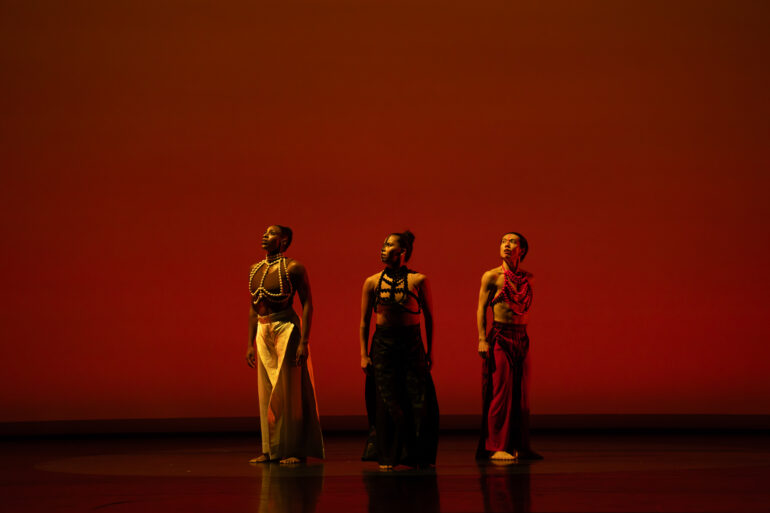What if we rejected the messaging that has permeated our country and our schools: that the arts are a luxury for only the well-to-do, something to cut when budgets need to be balanced, creativity a skill meant for only those who can pay at the door? How would we see ourselves and the thousands of ways we connect to one another?
For Hubbard Street Dance Chicago, providing pathways to engage new audiences in concert dance, particularly for young people in Chicago, is central not just to our mission, but to a diverse and accessible future that is now more than ever under attack. The foundational purpose of art — something as ancient as humanity and equally as universal — has always been an expression of interconnectedness.
Today, I am the Artistic Director of one of the top contemporary dance companies in the world, but once I was a public-school kid. The way I got in the door to arts performances in my hometown was free ticket programs — and through that exposure, I was inspired. There was space for me in the arts if I took it.
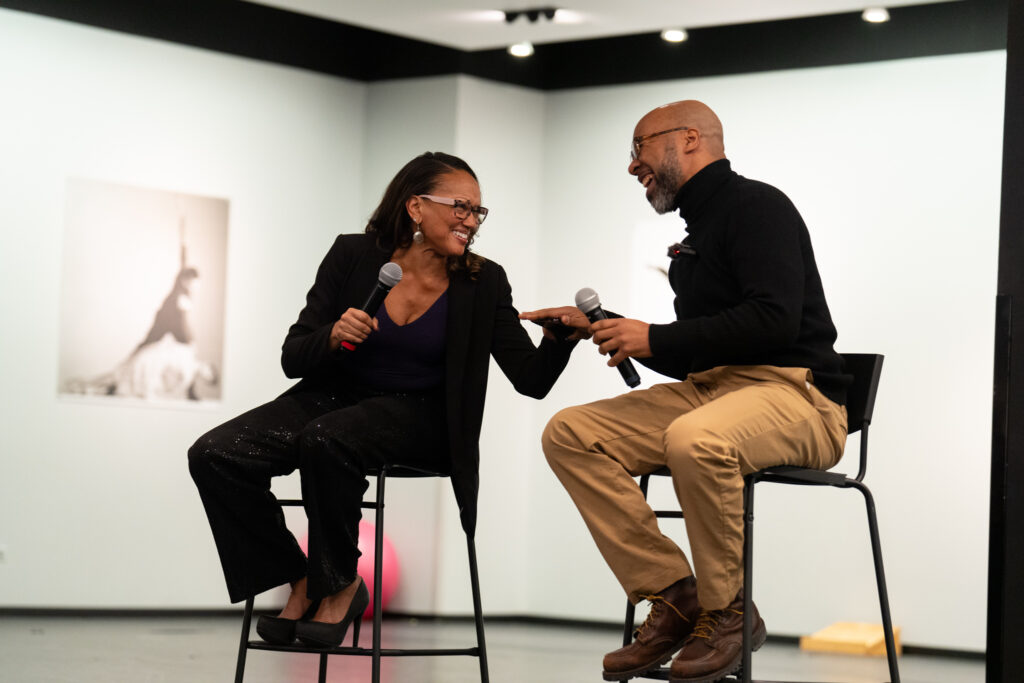
As Hubbard Street envisions a dance landscape that is relevant and accessible to all, we strive to provide people across Chicago with the opportunities that I benefited from. Because it is bigger than us: in an increasingly isolated society, bringing people from all walks of life together to be inspired, to weep and laugh together, reminds us we need one another.
The Fear Keeping New Audiences Away From the Arts
Extensive research throughout the years shows the benefits of public art and arts programs for communities, especially in low-income areas. In response, many arts organizations and museums offer free ticket programs providing access to individuals who may not be able to afford tickets. However, a common issue is getting folks to actually take — and use — those tickets.
This challenge isn’t unique to Hubbard Street — it’s one faced by arts organizations nationwide. According to a National Endowment for the Arts report, some of the most common barriers to attendance include not just time and cost, but also the lack of someone to attend with, and both the location and perceived exclusivity of the venue. Virginia Tech’s School of Performing Arts underscores how these factors often intertwine: for first-time or infrequent attendees, the thought of navigating an unfamiliar building, neighborhood, or cultural experience alone can be daunting. For many, it feels easier to skip the performance entirely than risk feeling out of place.
Concert dance performances, like many arts spaces, are often perceived as exclusive — a place for those who “already belong.” That perception can be especially strong for people who have historically been excluded, whether because of their identity, income, or lack of previous exposure. And when prospective patrons feel like they’ll be tackling an unfamiliar experience alone, they are far less likely to attend.
A Community-First Approach With Lessons for All Arts Organizations
In 2022, Hubbard Street launched the Ticket Access Initiative to address these barriers head-on. Every year since, we’ve welcomed more than a thousand people through the program. The approach is intentional: instead of targeting individuals, we build long-term partnerships with community-based organizations and provide them with free, recurring access to Hubbard Street performances. In three years, we’ve invited 28 partner organizations to Hubbard Street’s performance series in Chicago, from Black Girls Dance to Bounce Children Foundation to the Chicago Foundation for Women.
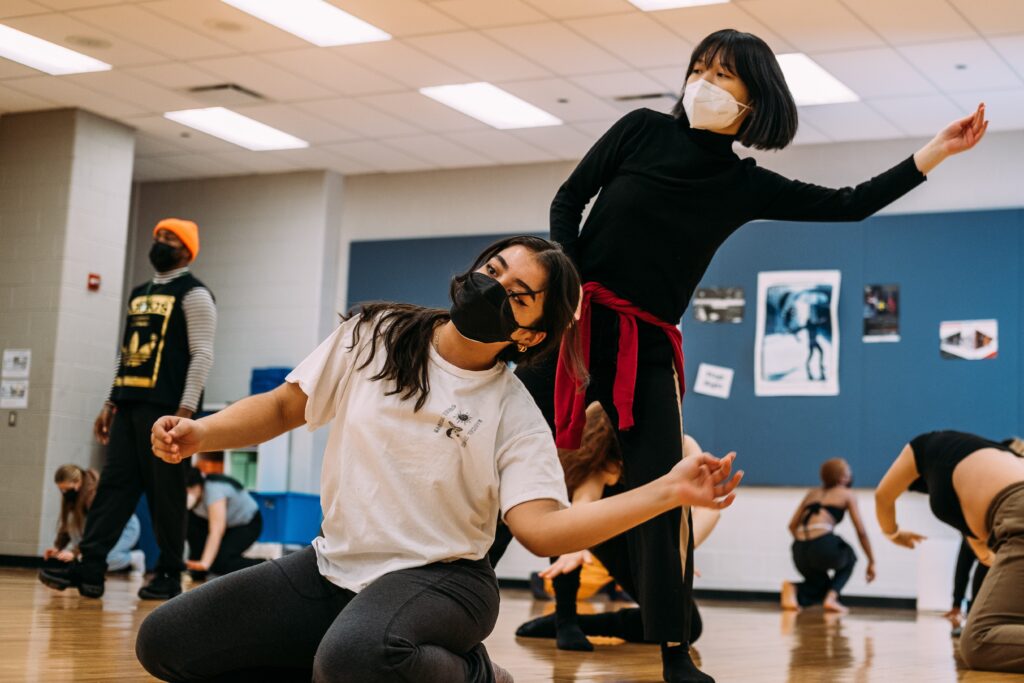
By working through trusted partners, attendees arrive with a built-in sense of belonging. They’re not walking into an unfamiliar space alone — they’re joining a community experience. This model could be adapted far beyond concert dance, offering a blueprint for theaters, orchestras, museums, and other cultural institutions seeking to make their spaces feel relevant and welcoming to audiences who might otherwise stay away.
Reimagining Community Engagement
Everyone has their own priorities, and for many people, those priorities are paying bills and caring for family. Attending a concert dance performance shouldn’t have to compete with those essentials — and no one should feel added stress about whether they belong once they get there.
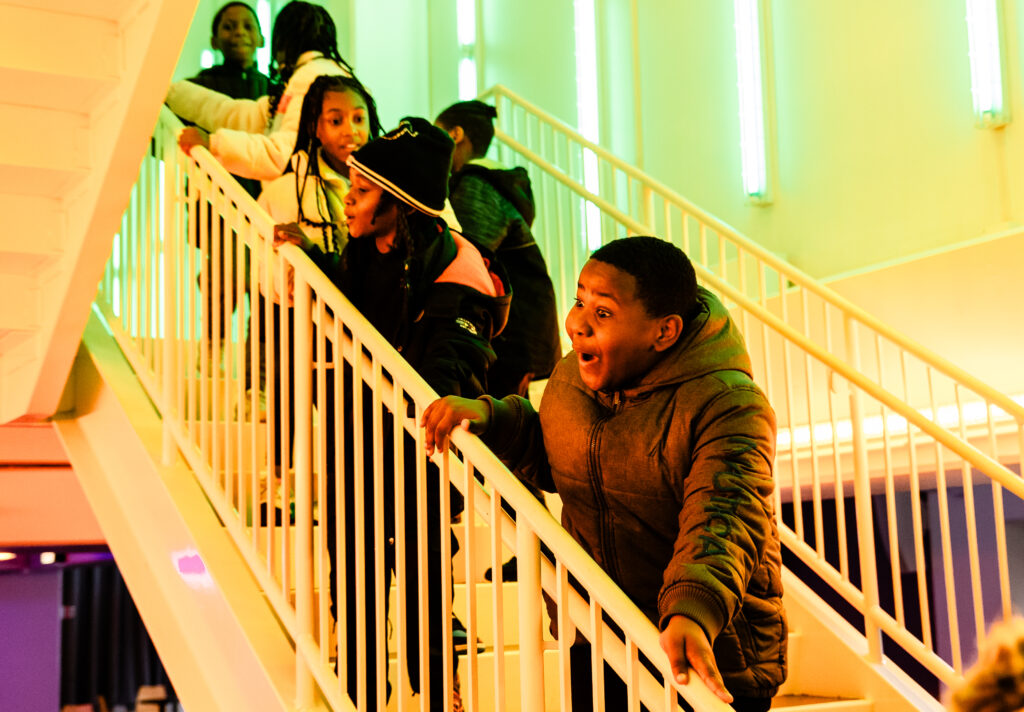
Through the Ticket Access Initiative, Hubbard Street makes sure no one has to go it alone. Once new audience members become acquainted with the Hubbard Street community, they’re welcomed back again and again — and the more diverse the audience, the more relevant the art becomes.
The arts can be intimidating for those who haven’t had the chance to participate. But they can also be a place where communities converge. For organizations like ours, staying connected to the people around us isn’t just an ideal — it’s essential. By weaving connections among groups across the city, we ensure that students, seniors, and everyone in between have a rightful place in the art being made in their own community.
How to Help
Hubbard Street Dance Chicago’s mission is to awaken the human spirit through contemporary dance, envisioning a dance landscape that is relevant and accessible to all.
We fulfill our mission by nurturing diverse voices in contemporary dance, opening new pathways to growth, learning, and discovery in Chicago and throughout the world. By supporting Hubbard Street, you support the creation of groundbreaking contemporary dance made accessible through initiatives like the Ticket Access Initiative, as well as our diverse dance education programs, which serve students and teachers in Chicago Public Schools and people with all kinds of physical, cognitive, and developmental differences.
You can also support Hubbard Street Dance on August 16 at the Dance for Life Event, which will showcase the talents of more than 50 local dance companies while supporting the work of the Chicago Dance Health Fund.

This post was submitted as part of our “You Said It” program.” Your voice, ideas, and engagement are important to help us accomplish our mission. We encourage you to share your ideas and efforts to make the world a better place by submitting a “You Said It.”
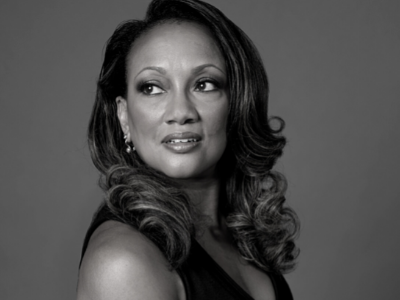
Linda-Denise Fisher-Harrell, Artistic Director of Hubbard Street Dance Chicago since 2021, is a celebrated dance artist and educator. A Baltimore native, she trained at the Baltimore School for the Arts, The Ailey School, and The Juilliard School before joining Hubbard Street at age 19 and later serving 13 years as a Principal Dancer with Alvin Ailey American Dance Theater under Judith Jamison, performing globally in works by renowned choreographers. She has performed at the White House, the Kennedy Center, and on stages worldwide, and since 2005 has taught in her hometown as a Professor of Dance at Towson University, where she established AileyCamp Baltimore and hosted Ailey II residencies. An ABT® Certified Teacher with an MFA from Hollins University, her scholarship includes an entry on Alvin Ailey for the Routledge Encyclopedia of Modernism. She and her husband have three children.
